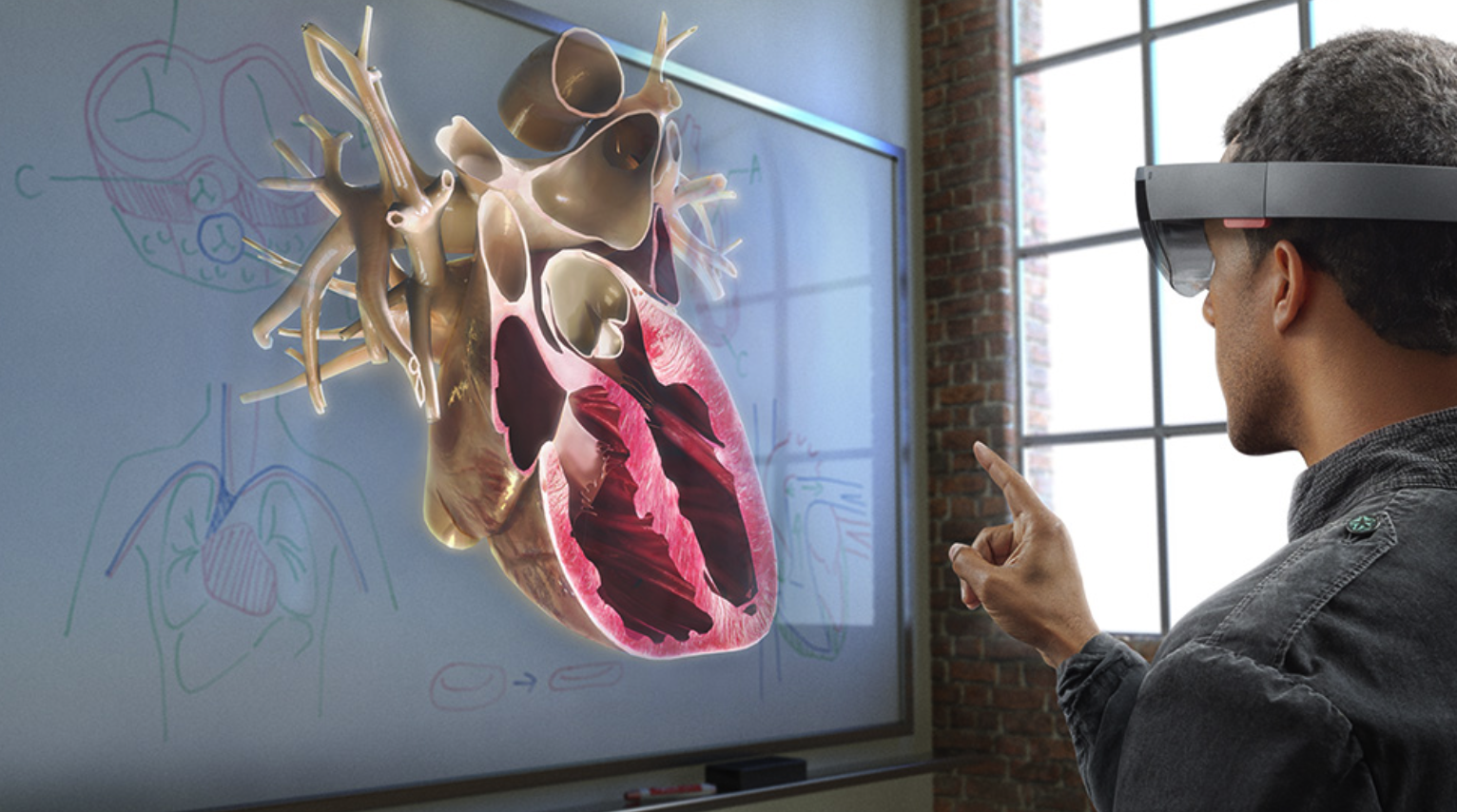Over the course of 2016, you are likely going to hear a lot more on the subject of virtual reality and augmented reality. Samsung just released, in limited quantities, their Gear VR solution based on technology from Oculus Rift. For $99, consumers can experience virtual reality but, sadly, the product is not quite where it needs to be. I’ve had every head mounted virtual and augmented reality demo out there. All of them have elements of the experience which feel profound. But only one really made me feel like I was experiencing the future today. That was from Microsoft and the product is Hololens.
With nearly 20 years working professionally in the tech industry, there are moments where I made mental notes and savored the moment because I knew I was witnessing history being made. Hololens was one of those moments. Whether Microsoft is a major player or not, we will look back in many years and recall stories of where we were when we first experienced the Hololens.
Microsoft, like a company called Magic Leap, is focusing on “mixed reality”, a cross of virtual and augmented reality. All computational elements are accomplished via holograms, but a key part of what sets Hololens apart is how the head mounted unit is cordless. Every other solution requires a cord constantly tethered to it for it to work. Hololens lets you roam around the room freely and see and interact with your environment more freely. I want to talk about one particular demo.
I had four demonstrations of different examples of how Hololens can and is currently being used. One really struck me. It had to do with Mars. Microsoft has been working with the Mars Rover program to capture the vast amounts of 360-degree images captured by the rover and stitched them together using their software to assemble the surface of Mars, as captured in tremendous detail, into a Hololens experience. Put on the headset and it instantly feels like you’re on the surface of Mars. Because the headset is cable free, you can walk around the room and explore different objects in the area. Since it is three-dimensional, you can bend down and look at rocks up close and even under nearby ledges. It was easily the closest thing to walking on the surface of Mars I’ll ever get and it honestly felt like you were there. It was mind-blowing for lack of a better word.
What sets this combination of mixed reality/augmented reality apart from full virtual reality is that you can still see parts of the world around you if needed. In this particular demo, you could still see and interact with the computer screen in front of you and the Mars setting around you. You could alter settings or bring in a different scene of the Mars surface using the PC then look up and see the new scene around you. The mouse even goes off the PC screen and into the virtual space if needed. This ability to see and use the physical world alongside the digital one opens up significantly more possibilities than virtual reality and overcomes its limitations.
I was on a panel a month ago with one of the co-founders of Oculus Rift. He was articulating the limitations of virtual reality and was quite eloquent in explaining why something like a first person shooter or driving game or roller coaster simulation will simply not happen in pure VR solutions because of the high probability of motion sickness. After spending more time talking to him in private, I became convinced of a number of core limitations of VR which something like Hololens can easily overcome.
Right now, the holographic elements can only take up a decent sized square in the middle of the goggles, so your peripheral vision can always see real world elements. In the future, it will be possible for the holograms to take up the full wide angle view of the goggles — essentially making it feel like a full virtual reality experience. Essentially, this solution will give you the best of both worlds.
It is early. As with so many things I’m analyzing these days, we are in the early stages. The technology is truly mind-blowing for a version one product and knowing it will get dramatically better makes it even more impressive. One thing to watch for is when they can fix virtual elements to real ones. For example, I would want to be able to play an Iron Man game or simulation and have the virtual suit fix to my actual hands and body. This is step two or three as the technology evolves but I can certainly see a component roadmap that gets us to some exciting places with this technology.
There are many applications for this tech over the next five years and many of them will be in more commercial than consumer areas. But I’m convinced Hololens may be the best modern manifestation of the next computing platform, one that brings the digital fully into the real world, that I’ve seen to date.
A number of announcements have come out recently around Hololens, but if you haven’t seen the most recent one with Autodesk, check out the post and video to get an idea of how Autodesk is integrating the Hololens technology.

Great post Thank you. I look forward to the continuation.
Nice post. I learn something new and challenging on blogs I stumbleupon on a daily basis.